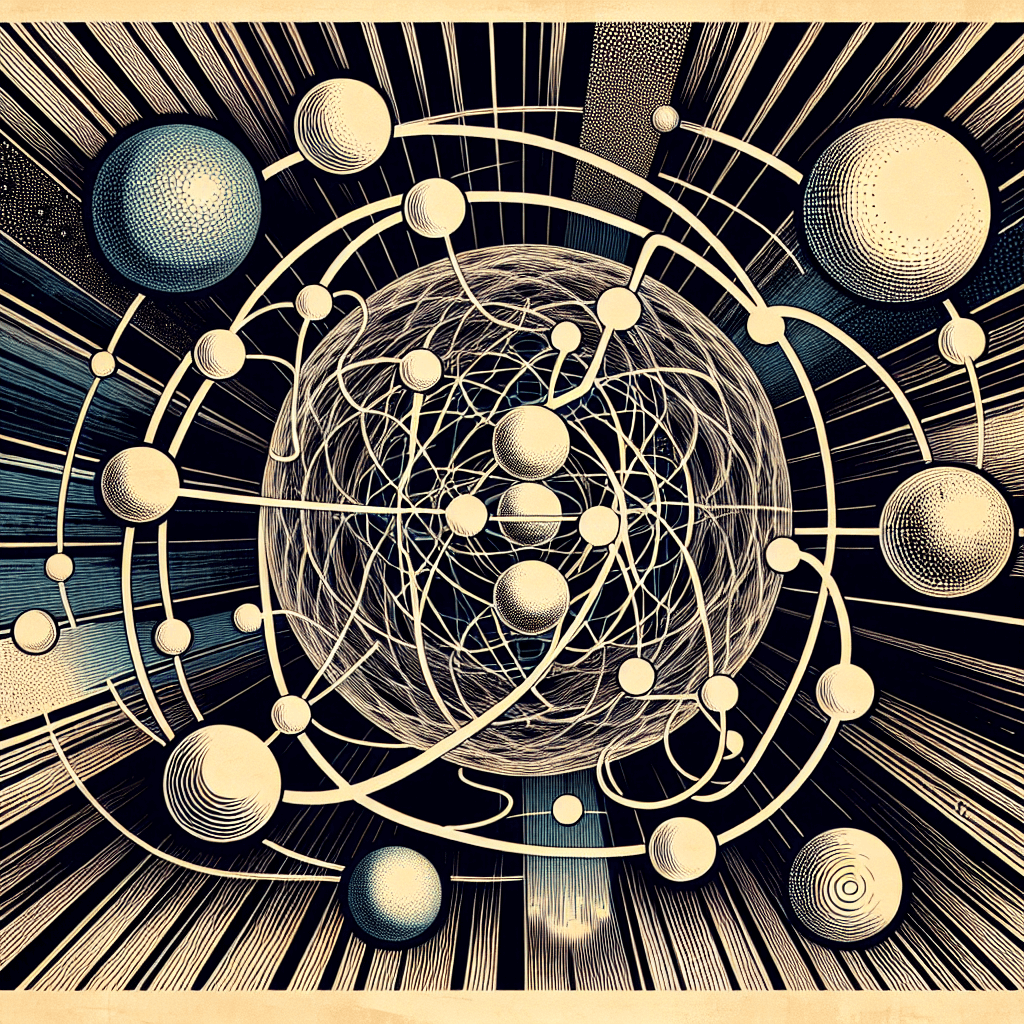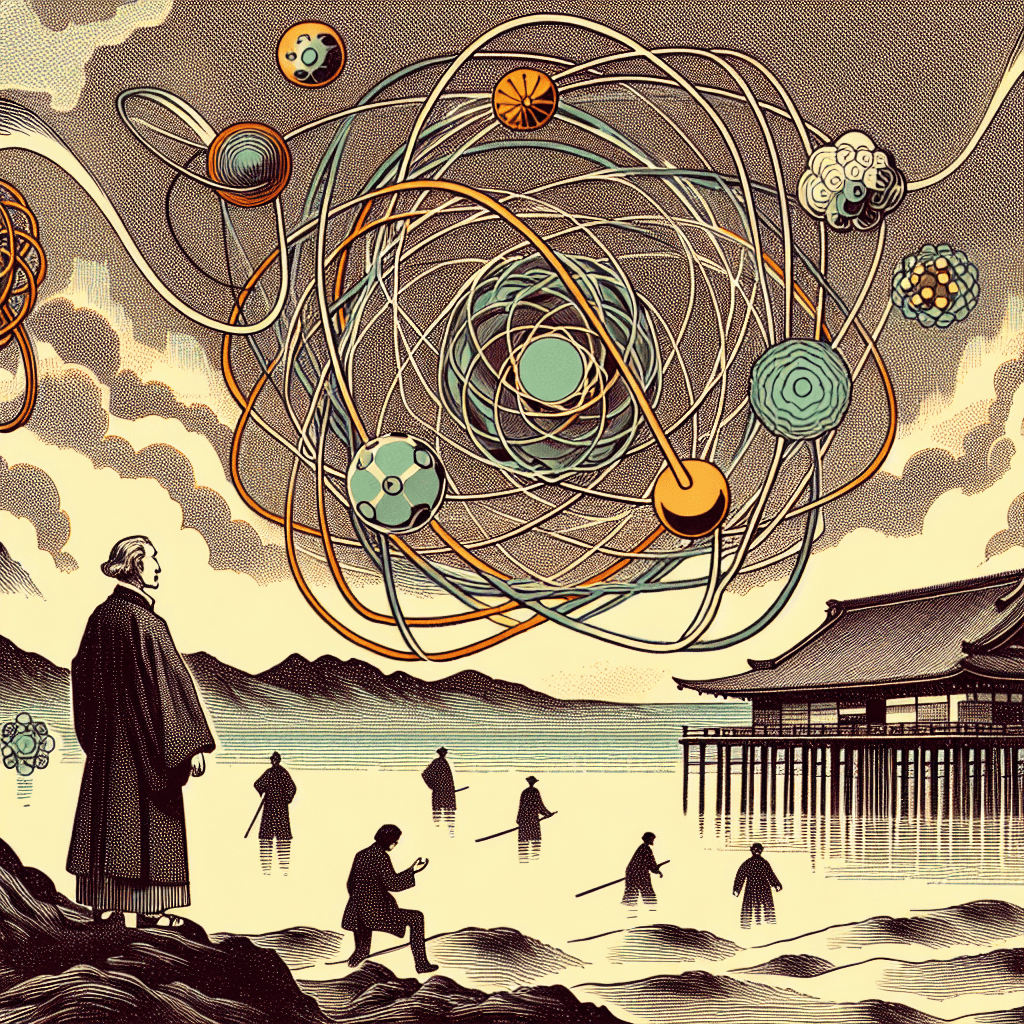The Intricate World of Subatomic Particles
syndu | Sept. 29, 2023, midnight

The Intricate World of Subatomic Particles
In the realm of physics, we often delve into the microscopic world of subatomic particles, the building blocks of matter. These particles are smaller than atoms and form the basis of everything in the universe. They are broadly classified into three groups: leptons, quarks, and bosons.
Leptons
Leptons are a group of particles that are not made up of smaller particles. They are fundamental particles and come in six flavors: electron, muon, tau, electron neutrino, muon neutrino, and tau neutrino. The electron, muon, and tau particles all carry a negative electric charge, while their neutrino counterparts are neutral.
Quarks
Quarks are another group of fundamental particles. Like leptons, they come in six flavors: up, down, charm, strange, top, and bottom. Quarks are unique in that they carry a fractional electric charge, unlike leptons and most other particles, which carry a whole electric charge. Quarks combine in different ways to form larger particles. For example, protons and neutrons, which make up the nucleus of an atom, are composed of up and down quarks.
Bosons
Bosons are particles that carry forces. The most well-known boson is the photon, which carries the electromagnetic force. Other bosons include the W and Z bosons, which carry the weak nuclear force, and the gluon, which carries the strong nuclear force. The Higgs boson, discovered in 2012 at the Large Hadron Collider, is associated with the Higgs field, a field of energy that permeates the universe and gives other particles their mass.
In Conclusion
The world of subatomic particles is a complex and fascinating one. These particles, though incredibly small, are the building blocks of the universe and govern the way everything works, from the smallest atom to the largest galaxy. As we continue to explore this microscopic world, who knows what other particles we might discover and what new insights they could provide into the nature of the universe?
These particles, though incredibly small, are the building blocks of the universe and govern the way everything works, from the smallest atom to the largest galaxy.



